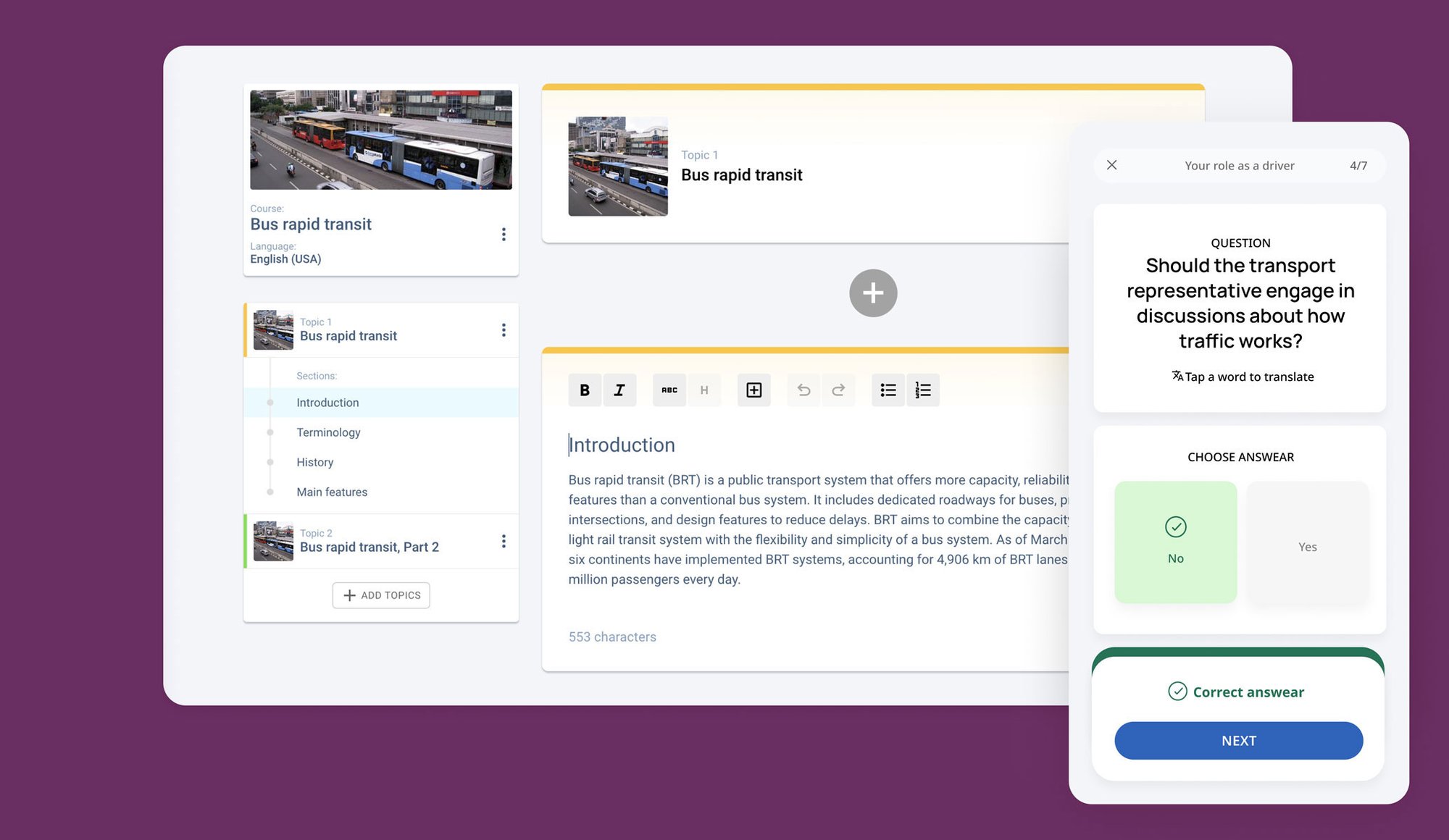Productivity in the workplace is a crucial factor that can significantly impact a business's success. It is not just about working harder but also about working smarter. By enhancing staff productivity, companies can achieve higher efficiency, improved quality of work, and ultimately, increased profitability. One key aspect of improving productivity is creating a positive work environment that fosters high employee morale, motivation and engagement. When employees feel valued and supported, they are more likely to perform at their best.
Moreover, providing adequate training and resources to staff members is essential for enhancing productivity. Investing in continuous learning opportunities and upskilling programs can help employees stay updated with the latest industry trends and technologies, enabling them to work more efficiently. By prioritising staff development, businesses can create a culture of growth and innovation to motivate employees, driving productivity to new heights.
This article will delve into the importance of staff productivity and its impact on organisational success and provide 12 modern ways to boost employee morale and increase it in 2024.



